I’m very interested in women’s stories and in Nanaimo history so I headed on down to the Nanaimo Museum to see their latest exhibit: Red Lights and Roulette. Most of the exhibit is made up of antique corsets from Lace Embrace Atelier in Vancouver. There’s an antique corsets calendar you can purchase at the museum or online through www.laceemembrace.com.
Melanie Talkington is the owner and corsestiere for Lace Embrace. She also creates reproductions of the vintage corsets.
Museum interpretation curator and curator of the exhibit, Aimee Greenaway, gave a presentation one afternoon and I went to hear that as well. (Another presentation will take place on April 1st. Have a look at the museum website for further information.
In Aimee’s slide presentation she showed the only image available of the former “red light” district in Nanaimo. The area was part of what used to be Fraser Street and is now Terminal Avenue. Budget Car Rental and Mr. Lube are in that location now. The old photo shows a furniture warehouse where the present-day Foundry Pub is located along with other dwellings that were brothels. (You’ll see part of the photo in the poster above.)
“Between the 1910s and the 1920s there were about 30 or 40 women living there,” Aimee said in a newspaper interview.
Red light districts where the sex trade is conducted goes back to 1400s Amsterdam. That’s what’s been documented. Of course it’s gone on longer than that. I remember standing beside some ancient ruins in Ephesus, present day Turkey, at a site that was supposedly a brothel. Ephesus, some researchers say, was founded by the Amazons.
On Marble Street which is between the Library of Celsus and the Grand Theatre, there’s a marble carving of a woman, a left foot and a heart in a section surrounded by an iron fence. According to some this was the first advertisement in history and was advertising “the house of love” further along the street. It has been said that prostitution is the oldest profession.
As fascinating as the stories of the past can be, the research done to delve into that past is equally or sometimes more, fascinating. Thanks to the Nanaimo Archives, property assessments, newspapers, other museums including one in Alaska, genealogy records and census records, the Nanaimo Museum was able to find out about the houses of “ill fame” in Nanaimo. It was census records that helped Aimee and the museum staff highlight the women at 61 and 63 Fraser Street. A fire insurance map shows the footprint of the two houses once located between Campbell and Comox Streets where Turley’s Flowers and Budget Car Rental are now. The brothels operated between 1891 and 1921.
The Nanaimo Board of Police Commission minutes found at the Nanaimo Archives were also helpful. They described Rev McCrae of St. Andrew’s Church who went to the commission as he noted that certain police constables frequented the house. They weren’t charged but a constable in later years was dismissed for committing a lewd act.
Dr. Lewis O’Brien went to the Police Commission around 1910 along with other “social reformers.” The doctor noted that many of the surgeries on female patients at the hospital were related to sexually transmitted diseases.
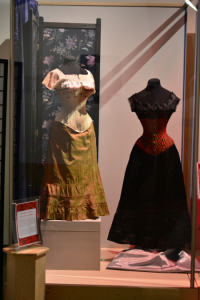 The museum researchers were able to track down four women. Minnie Clayton, aka Sarah Williams, was born in 1854 in Pennsylvania. She came to Canada in 1896 and was a dressmaker and milliner in Nelson, B.C.
The museum researchers were able to track down four women. Minnie Clayton, aka Sarah Williams, was born in 1854 in Pennsylvania. She came to Canada in 1896 and was a dressmaker and milliner in Nelson, B.C.
In Nanaimo, Minnie lived at 63 Fraser Street and was arrested in 1899 for keeping a “house of ill fame.” By 1911 Minnie was in Vancouver and Frances King was running Minnie’s house. Minnie left a sizable estate of ten properties when she died in 1927.
Marguerite Morris lived next door to Minnie and was one of the few women from B.C. as many came from the U.S. and France. She was born in 1898 near Kamloops (if they found the right Marguerite). In the case of First Nations people or Metis only their first names were used.
In 1921, Marguerite was in Nanaimo and moved to Kimberly in 1927. She was killed by an irate customer on January 9, 1934. The man, Foscarini, was jailed after finding medical help for her. He got fifteen years in the Oakalla Penitentiary and died there of tuberculosis.
Belle Harvey lived in Nanaimo but there’s no address for her. In 1927 she headed for Alaska where they had permits for the red light district.
Belle McMillan lived in another part of Nanaimo beside the former Fiesta bowling lanes where there are now condos. In 1891 she had a three-year-old son and headed off for Denver, Colorado with him when she needed treatment for tuberculosis. She died there, leaving Stephen at age six at St. Vincent’s Orphan Asylum. There are no signs of adoption until Stephen was thirteen. He became a thief and ended up in a Colorado penitentiary. Researchers lost track of him as there were several other Stephen McMillans.
The red light district ended in 1924 possibly because property values in the area of “the ravine” increased after the land was filled in. Aimee said that it became more common to have marriages based on consent and equality. Also, there were fewer men working in the mines as operations became mechanized. There were fewer than 10,000 people in Nanaimo in 1924.
Red Lights and Roulette is on until May 2nd which gives you lots of time to see the exhibit. If you’re in Nanaimo for the Cascadia Poetry Festival, you can catch the exhibit as well as come to the Living Room held at the museum on each day of the festival, April 30 to May 3, 2015, from 3 to 5 p.m. I’ll be hosting the first one on Thursday, April 30th. We’ll take turns reading our poems or you can come just to listen.

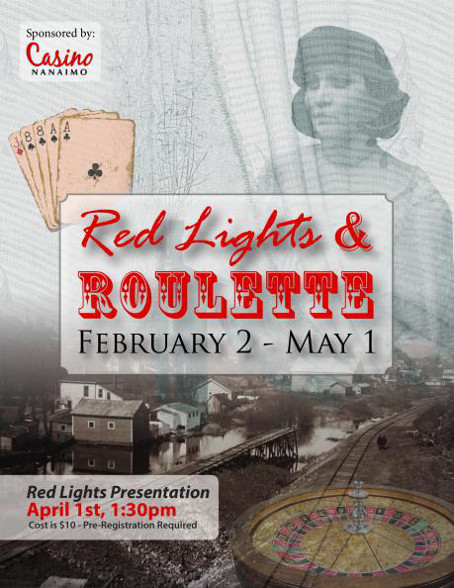
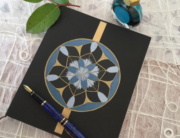

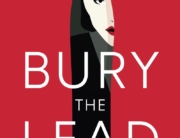


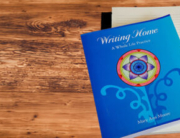
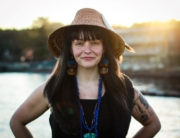
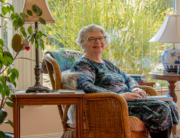
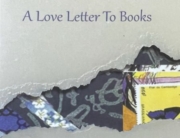

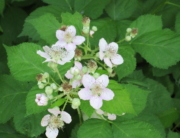
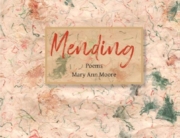

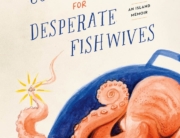


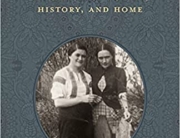

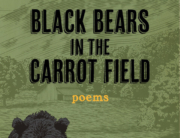
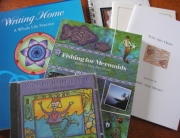
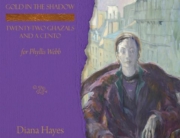
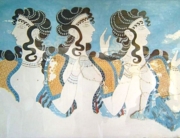

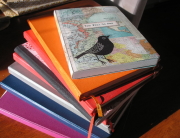
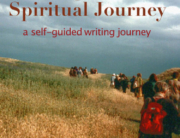
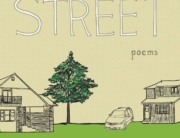
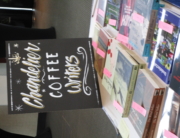
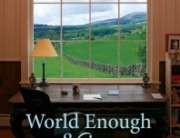

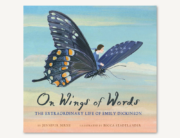

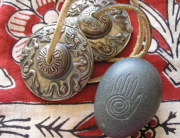
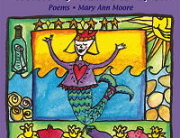
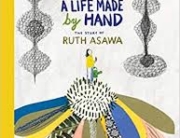
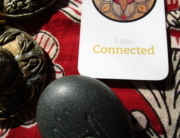
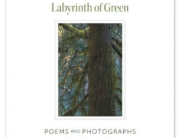

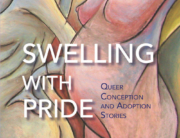
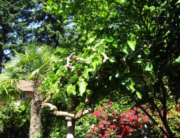
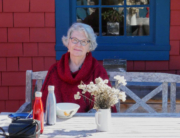

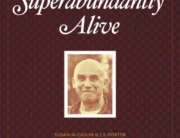
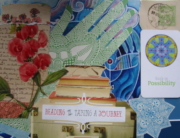
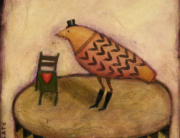

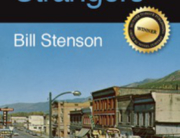

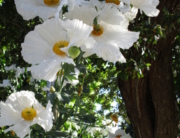
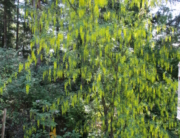
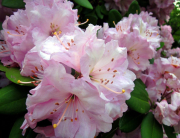
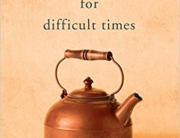
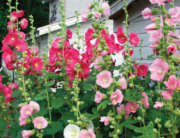
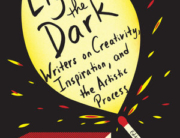

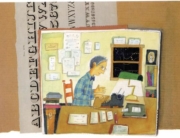


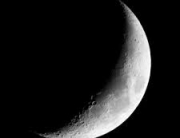

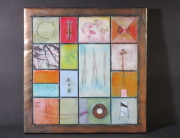
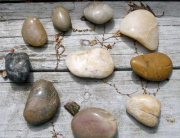

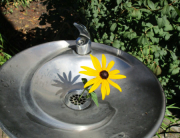
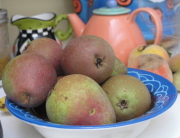
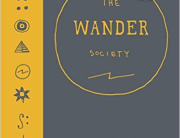
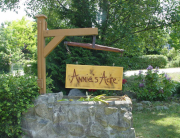

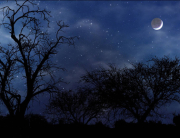
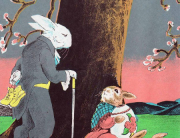

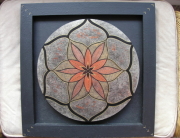



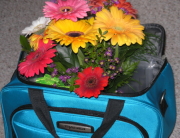
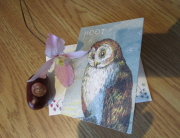
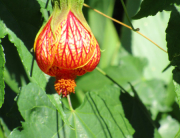
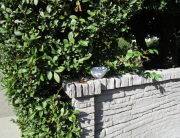
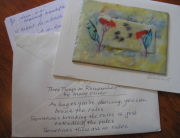
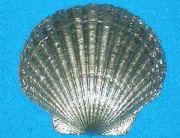


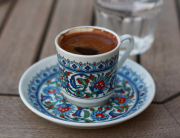
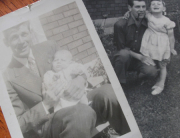
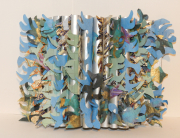

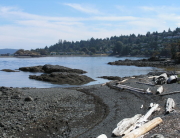
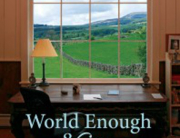
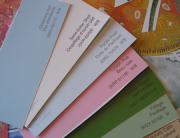
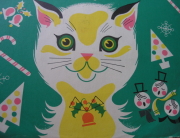
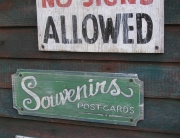

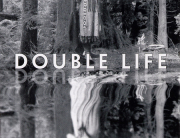

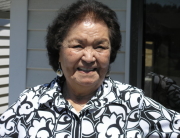
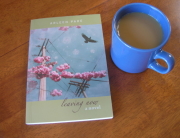

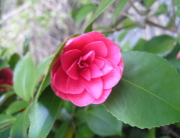

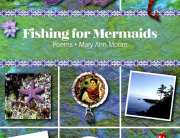
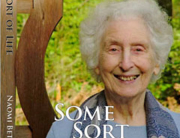
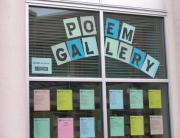
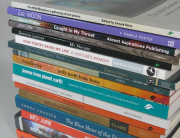
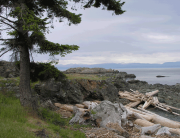
That was a very interesting article, Mary Ann, thank you for writing it.
Di Holmes